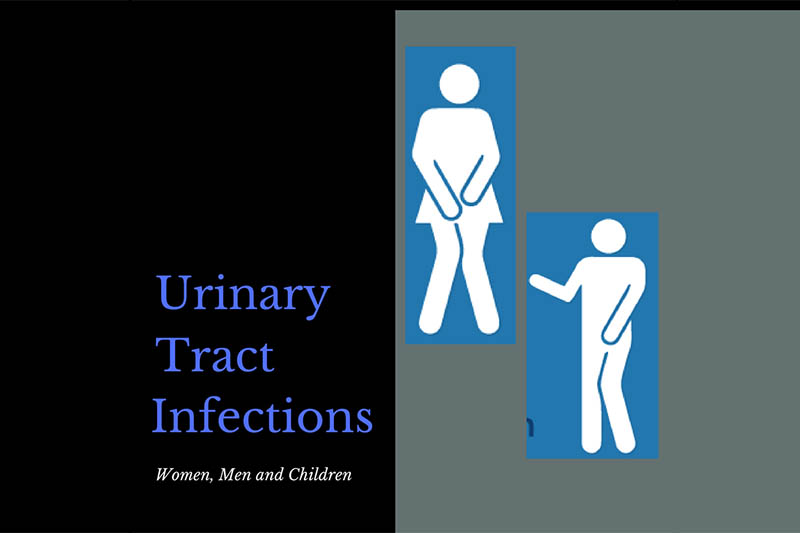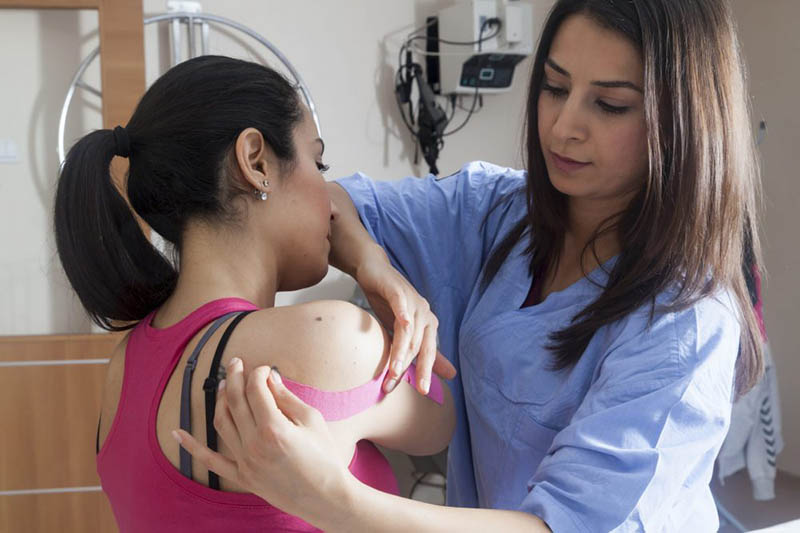
What are UTI’s? Urinary Tract Infections
Do you… Frequently or urgently need to urinate Often only pass small amounts of urine Have Pain or burning sensation when urinating These can be symptoms of urinary tract infections. There

Repetitive Strain Injury is a descriptive term for an injury to the musculoskeletal and nervous systems caused by repetitive tasks, forceful exertions, mechanical compression, vibrations, or sustained and awkward positions. It is also known as Occupational Overuse Syndrome (OOS), Repetitive Motion Disorder (RMD), Cumulative Trauma Disorder (CTD), and Regional Musculoskeletal Disorder.
RSI’s can be associated with a variety of conditions caused by repetitive tasks, including
Repeated use of the same movements causes inflammation and damage to the soft tissues (muscles, nerves, tendons, and tendon sheaths etc.)
RSI’s can potentially end up damaging the muscles, tendons, nerves, and joints through repeated microtrauma.
Since the widespread use of typewriters and computers in the 1970’s there has been a worldwide increase in Repetitive Strain Injuries of the arms, hands, neck, and shoulders.
The first description of RSI came from an Italian physician, Bernardino Ramazzini, in 1700 as he described more than 200 categories of RSI as he observed the industrial workers of Italy.
Today, workers in certain fields such as manual labour (trades, miners, farmers), and office workers are more at risk for RSI’s. Technological advances have also caused an abundance of Repetitive Strain Injuries such as Gamer’s thumb, Rubik’s wrist, Stylus finger, Blackberry thumb/iPhone thumb (De Quervain’s tenosynovitis), text neck, and Raver’s wrist.
When muscles and tendons are used, tiny tears can occur in the tissue, causing the local area to become inflamed for a short time until the body can repair the damage. Thickening and scar tissue begins to form over the torn muscle or tendon tissue, resulting in pain. The body would usually repair the damage, but without sufficient rest, more activity causes further damage and more inflammation, thickening, scar tissue, and pain. Microscopically, changes can be seen in the muscle or tendon which has been damaged by overuse. Collagen bundles which are normally tight and parallel, appear disorganised and discontinuous, and a noticeable increase in fibre diameter and fibre loosening has also been seen.
Nerves can also be damaged by RSI’s. Nerves run through the muscles, so if the muscle health is poor, likely so is the nerve health. Damaged nerves have the ability to heal, but the process is extremely slow. Most cases of chronic and persistent RSI’s originate in the nerves that run down from the neck, through the shoulders, and into the wrists and hands. If the discs and muscles in the neck become damaged or tight, then the nerves in the arm cannot move freely. If these tight nerves are then used repeatedly, in processes such as typing, or texting, they become painful and inflamed. Without sufficient rest and time for the body to repair, the problem will worsen, causing difficulty in everyday tasks.
As there are so many nerve fibres that exit from the neck and into the arms, symptoms and vary widely and pain can be felt almost anywhere, therefore nenerve-relatedain is often misdiagnosed.
Symptoms may appear when the individual performs a repetitive task, and may disappear when they stop the aggravating activity. It may take only a few hours for the symptoms to settle, or up to a couple of days. Over time, without sufficient rest and recovery, minor RSI’s have been known to turn into chronic injuries.
Repetitive Strain Injuries can be caused by many factors. These include
A doctor will usually be able to diagnose an RSI through a physical examination and by asking questions about the sorts of repetitive tasks the individual regularly carries out, what causes discomfort, and when it tends to happen.
There are 2 broad types of RSI.
Type 1 is a musculoskeletal disorder, with symptoms usually including the swelling and inflammation of specific tendons or muscles.
Type 2 has a range of causes and is often related to nerve damage resulting from work activities. A type 2 RSI will have no additional symptoms, just a general feeling of pain and discomfort. It is sometimes known as or referred to as non-specific pain syndrome.
Blood tests are done to rule out inflammatory joint disease.
While it is relatively easy to diagnose and treat RSI’s successfully, it is difficult to cure chronic RSI.
Commonly used treatments for RSI’s include
The main way to reduce the risk of an RSI is to stop or reduce the intensity of the activity. If this is not possible, other options for reducing the risks of an RSI include

Do you… Frequently or urgently need to urinate Often only pass small amounts of urine Have Pain or burning sensation when urinating These can be symptoms of urinary tract infections. There
Disclaimer – Our intent is not to diagnosis but to offer information on therapy choices and practitioners. Information on this site is intended general educational purposes only. Any statements made are carefully referenced and any information, products or services discussed are not intended to diagnose, cure, treat or prevent any disease or illness. Please consult a healthcare practitioner before making a choice.